In Flagstaff’s historic Southside, a unique structure stands out. It was the first shipping container homes Arizona built—a bold and sustainable response to modern living. Built from six recycled containers, this 2,000-square-foot home combines innovation, climate-conscious design, and local craftsmanship. The home sits at the edge of Flagstaff’s urban fabric. Surrounded by mountain views and university-town charm, it shows what’s possible when reuse, design, and performance come together.
Built for the High Country Climate
Flagstaff’s high-altitude climate demands smart solutions. Winters are cold and snowy; summers bring dry heat and sun. The home faces due south, capturing solar warmth in winter. In summer, cross-ventilation from mountain breezes keeps it cool. Passive solar design and in-floor radiant heating work together for year-round comfort.
Floodplain regulations shaped the structure’s foundation. The home rises 3.5 feet above grade, resting on 40 concrete piers. This elevation meets federal standards and avoids site runoff issues. Such details reflect how shipping container homes Arizona adapt to local conditions.
Modular Construction with a Local Footprint
Fabrication began in Phoenix. The containers were cut, reinforced, and prepped off-site. Crews then shipped them to Flagstaff, lifted them by crane, and welded them into place. This modular approach reduced on-site waste and sped up construction—methods now common among the best container home builders.
Inside, the layout is open and efficient. The home includes two bedrooms, two bathrooms, a galley kitchen, two studios, a solarium, and five decks. A central atrium connects the living and dining spaces, creating height and flow.
The interior uses steel studs for walls and wood for ceilings. Spray foam insulates the walls and floors. Recycled denim fills the ceilings. These materials achieve R-values of 20–24, offering strong thermal performance for a container home in Flagstaff’s cold climate.
Daylight, Ventilation, and Durable Finishes
Natural light pours through aluminum-framed dual-pane windows. Kalwall insulated fiberglass panels bring soft light into the atrium. These elements reduce the need for artificial lighting and improve indoor comfort.
Thus shipping container homes arizona exterior uses SuperTherm ceramic coating. It reflects heat, reduces condensation, and protects the metal surface. Crews finished the roof with foam insulation, a waterproof membrane, and a sand-textured layer for extra durability.
These thoughtful materials create a home that breathes, stays warm in winter, and cool in summer—all without sacrificing aesthetics.
Renewable Power and Water Collection
The home generates its own electricity. A 3.6kW on-grid solar system, installed by AEA Inc., powers the house. At high elevation, Flagstaff gets ample sun. This setup meets most of the home’s energy needs and lowers its carbon footprint. For those exploring shipping container homes in Arizona, solar power is an essential part of sustainable design.
Water harvesting is also a core feature. TBKA Landscape Architects and Northern Arizona Pump designed and installed the system. Rainwater from the upper roof flows into two storage tanks. Water from the lower roof is directed to landscape zones. These zones feature drought-tolerant plants and are edged with recycled concrete from nearby building sites. The design uses every drop efficiently and supports a self-sustaining landscape.
Shipping Container Homes Arizona : Design Team, Challenges, and Local Impact
Marie Jones, a communication designer, led the project’s vision. She worked with architects Tony Brown and Tom Hahn of the Ecosa Institute, a now-closed design studio known for sustainable thinking. Builder Dan Miller brought the vision to life.
Designing on a narrow urban infill lot wasn’t easy. The team had to solve issues with access, drainage, and orientation. Elevating the home on piers added complexity. But the challenges led to creative solutions that now serve as a model for others interested in a shipping container house in Arizona.
The project didn’t go unnoticed. In 2010, it won a Coconino County Sustainable Building Award for its innovation, resilience, and environmental care.
Courtesy Of: Container House Flagstaff
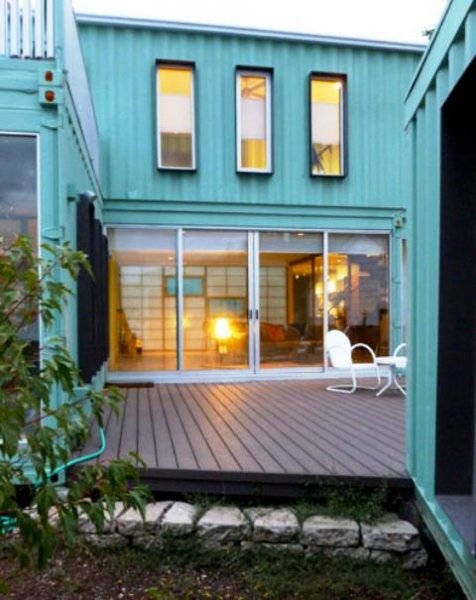
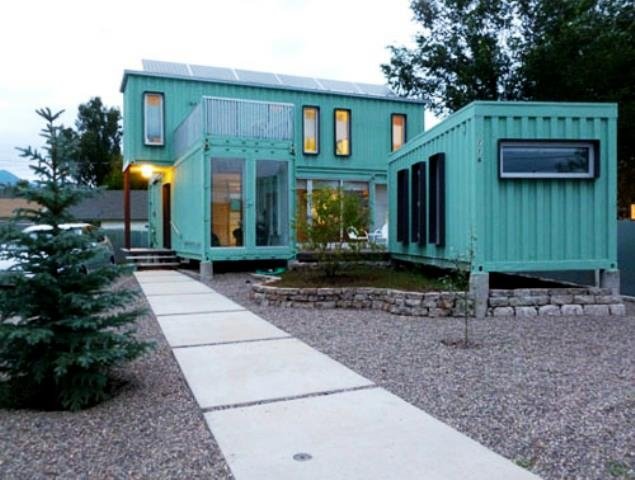
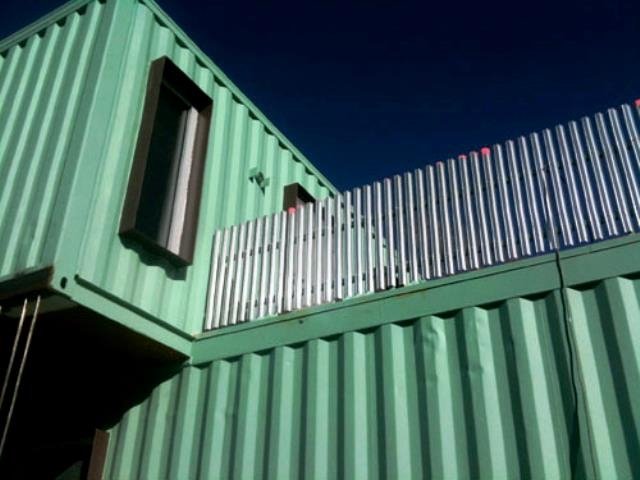

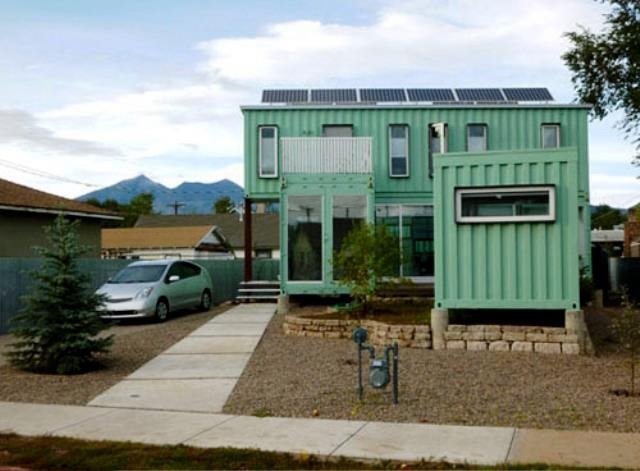
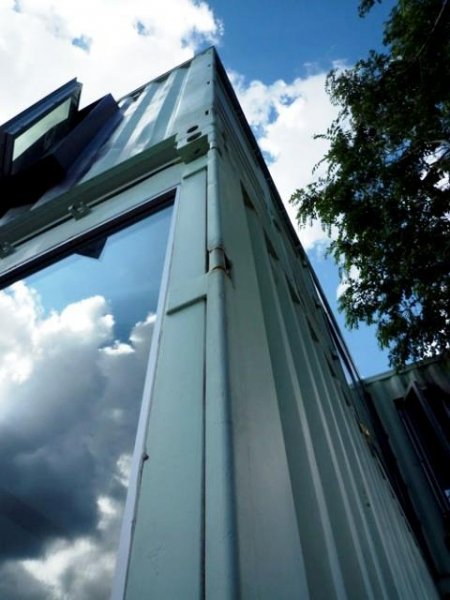
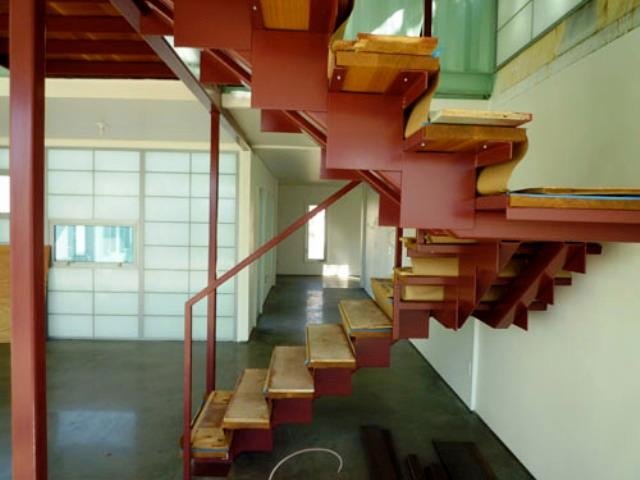


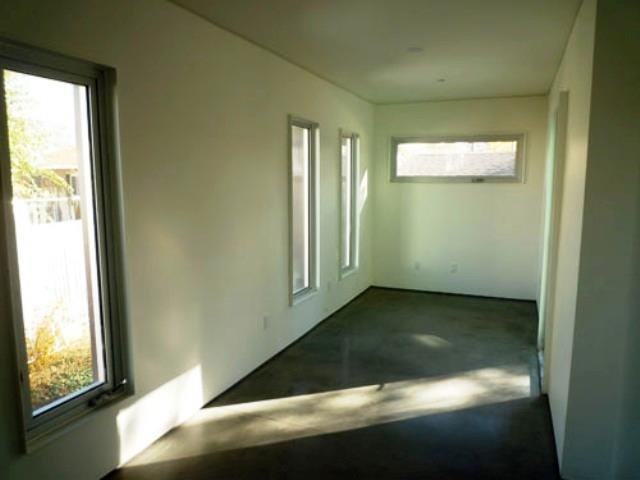
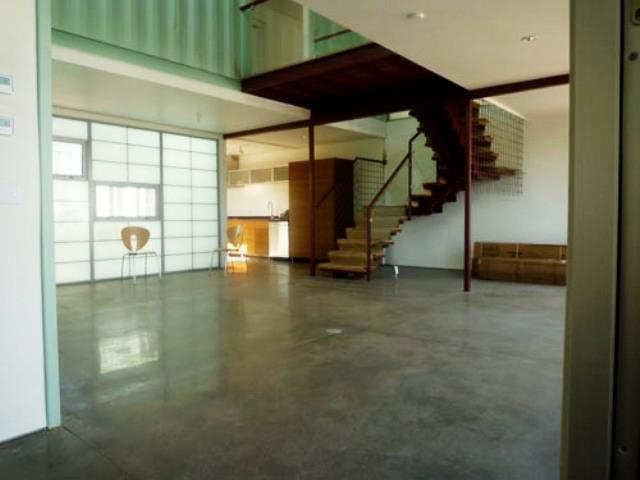

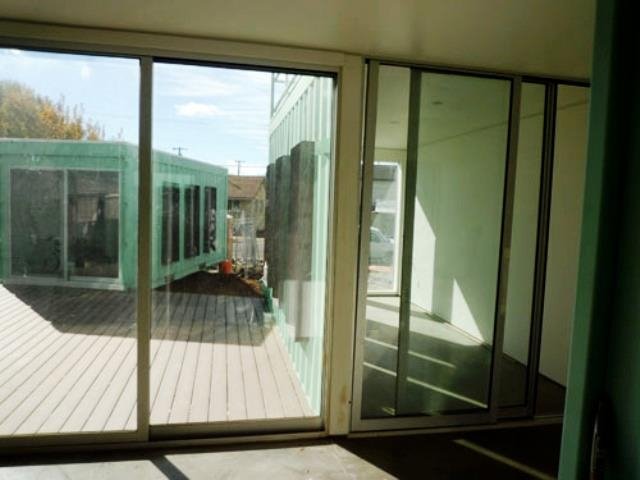
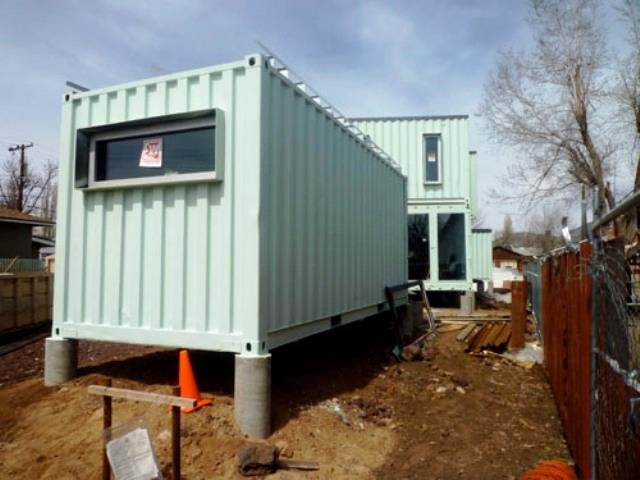



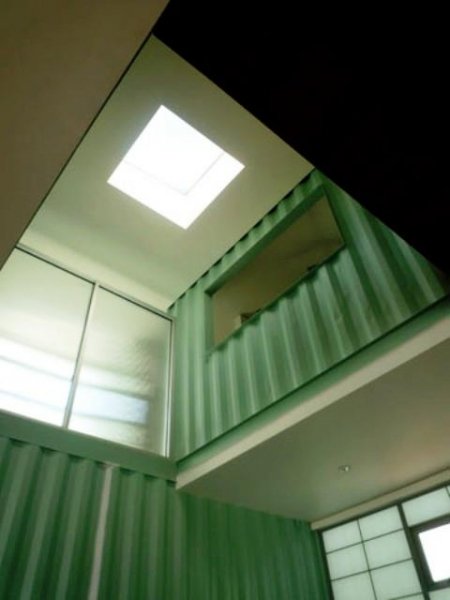
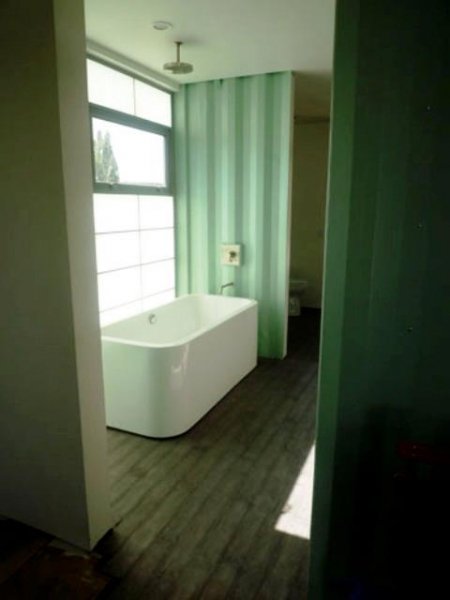
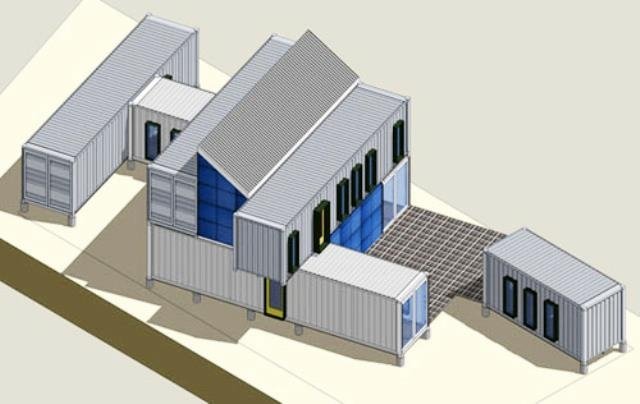
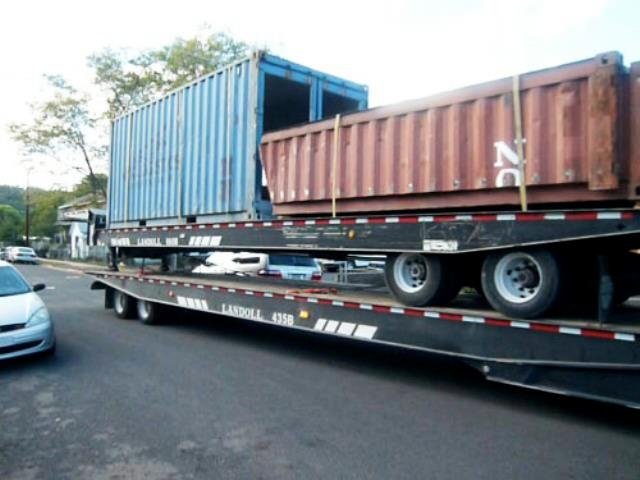
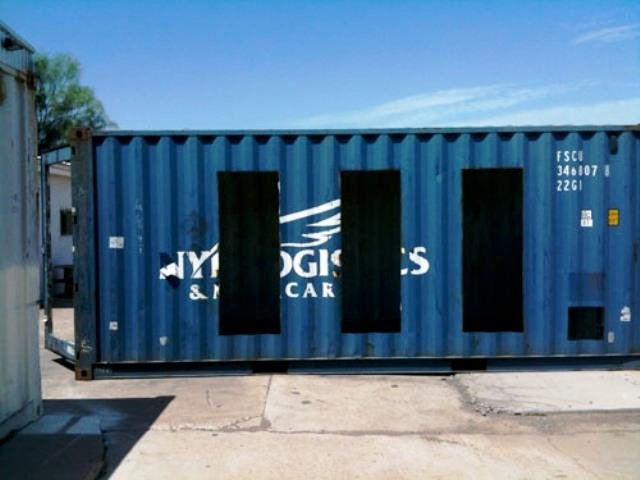
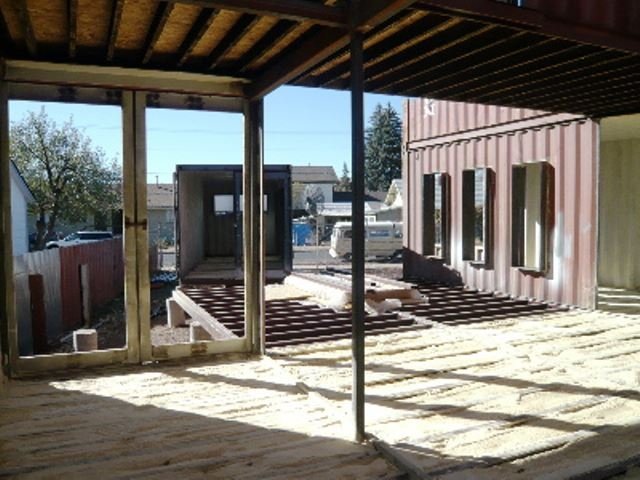
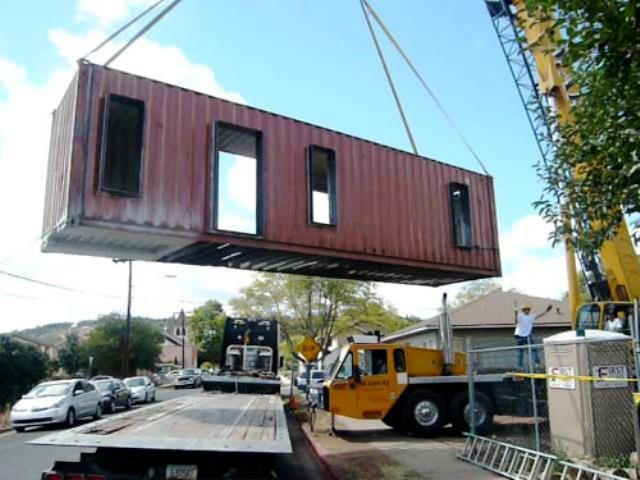
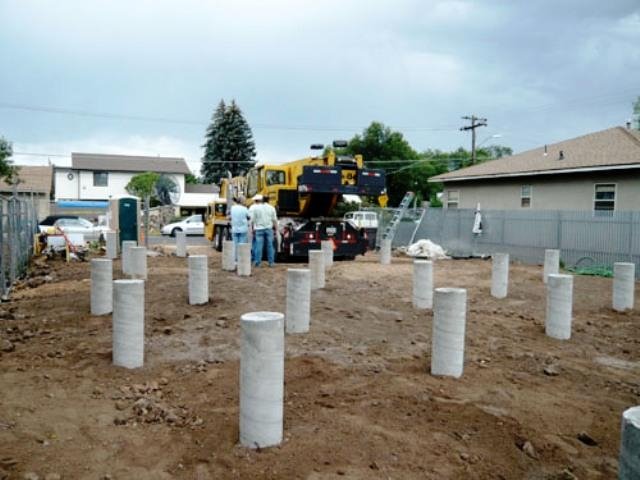

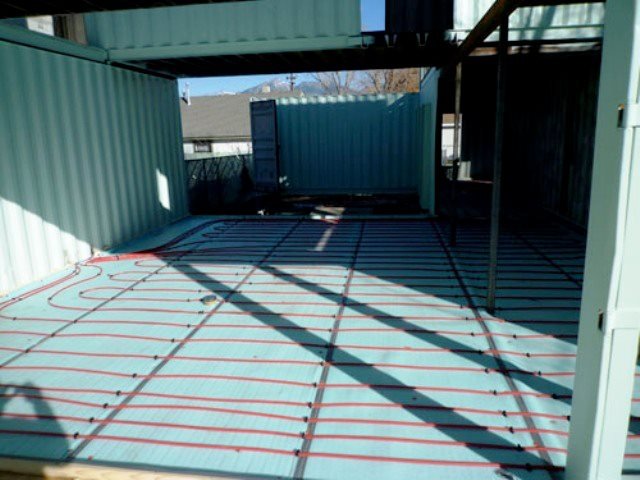
Comments are now closed for this post.